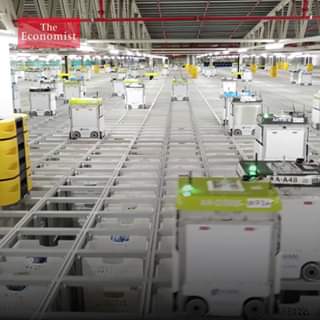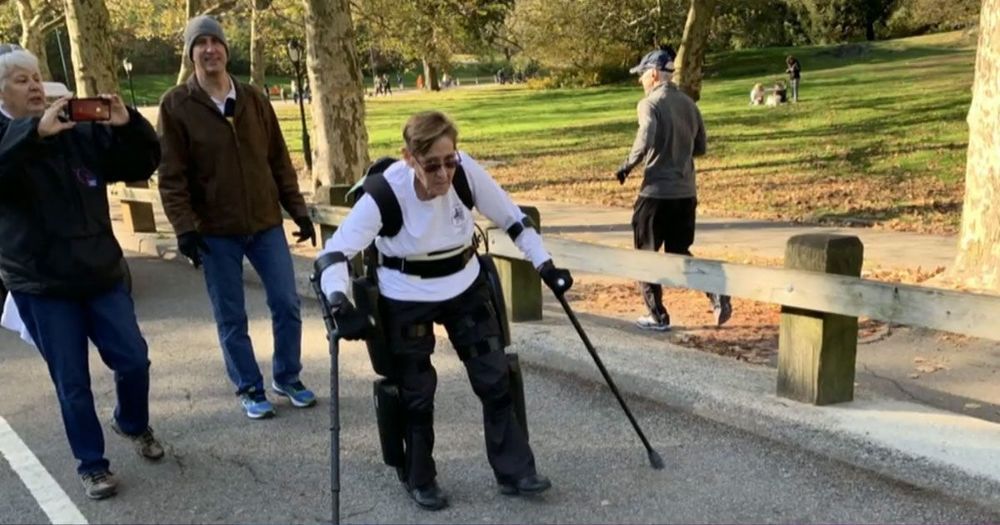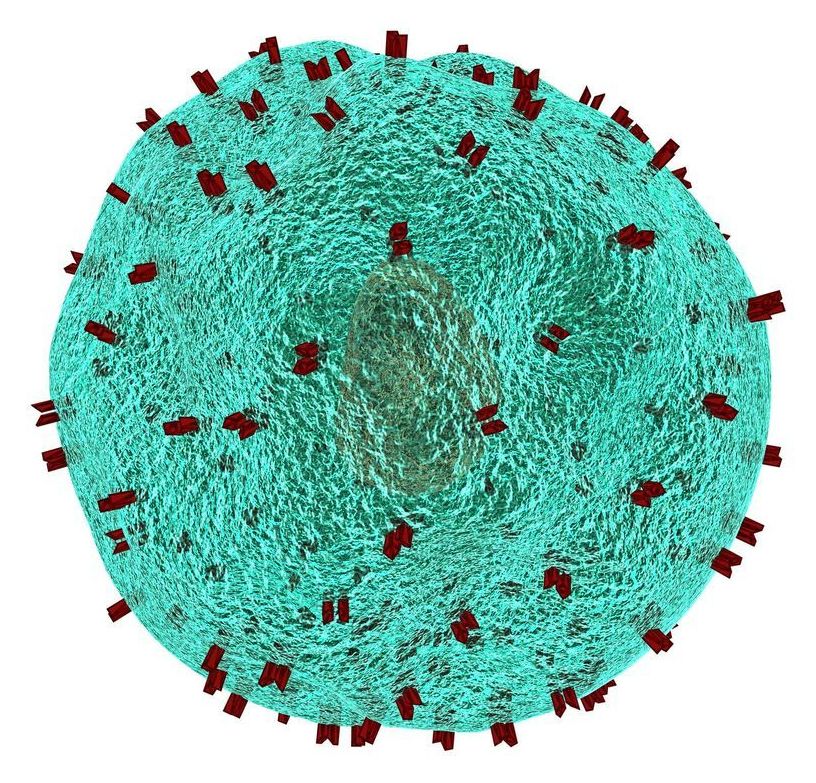Page 7811
Nov 13, 2019
Could cytotoxic T-cells be a key to longevity?
Posted by Quinn Sena in categories: biotech/medical, life extension
Scientists from the RIKEN Center for Integrative Medical Science (IMS) and Keio University School of Medicine in Japan have used single-cell RNA analysis to find that supercentenarians—meaning people over the age of 110—have an excess of a type of immune cell called cytotoxic CD4 T-cells.
Supercentenarians are a unique group of people. First, they are extremely rare. For example, in Japan in 2015 there were more than 61,000 people over the age of 100, but just 146 over the age of 110. And studies have found that these individuals were relatively immune to illnesses such as infections and cancer during their whole lifetimes. This led to the idea that it might be that they have a particularly strong immune system, and the researchers set out to find out what might explain this.
To answer the question, they looked at circulating immune cells from a group of supercentenarians and younger controls. They acquired a total of 41,208 cells from seven supercentenarians (an average of 5,887 per subject) and 19,994 cells for controls (an average of 3,999 per subject) from five controls aged in their fifties to eighties. They found that while the number of B-cells was lower in the supercentenarians, the number of T-cells was approximately the same, and in particular, the number of one subset of T-cells was increased in the supercentenarians. Analyzing these cells, the authors found that the supercentenarians had a very high level of cells that are cytotoxic, meaning that they can kill other cells, sometimes amounting to 80 percent of all T-cells, compared to just 10 or 20 percent in the controls.
Nov 13, 2019
Astronomers Create 8 Million Baby Universes Inside a Computer and Watch Them Grow. Here’s What They Learned
Posted by Quinn Sena in categories: computing, space
Nov 13, 2019
The High-Tech Vertical Farmer
Posted by Quinn Sena in categories: employment, food, robotics/AI, sustainability

In the kale-filled facility at vertical farm startup Bowery Farming, it’s a piece of proprietary software that makes most of the critical decisions — like when to harvest and how much to water each plant. But it still takes humans to carry out many tasks around the farm. Katie Morich, 25, loves the work. But as roboticists make gains, will her employer need her forever? This is the fourth episode of Next Jobs, a series about careers of the future hosted by Bloomberg Technology’s Aki Ito.
Host, Producer: Aki Ito
Camera: Alan Jeffries, Brian Schildhorn
Co-Producer: David Nicholson
Editor: Victoria Daniell
Writers: Aki Ito and Victoria Daniell.
Nov 13, 2019
Fifteen years and a Nobel Prize later, graphene’s creator is thinking even bigger
Posted by Genevieve Klien in categories: futurism, materials
Graphene, the super-strong, super-light and super-conductive material that was discovered in 2004 is often described as the material of the future. But it might be just the beginning.
Nov 13, 2019
Drone company Iris Automation makes first-of-its-kind FAA-approved ‘blind’ drone flight
Posted by Genevieve Klien in categories: drones, robotics/AI
Iris Automation recently flew a drone over Kansas without ground-based radar or a visual observer, the first time the FAA has authorized what is known as a “beyond-visual-line-of-sight” drone flight with only an automated onboard collision-avoidance system monitoring.
Nov 13, 2019
Can We Really Live Forever? | Unveiled
Posted by Tanvir Ahmed in categories: biotech/medical, life extension

Subscribe: https://goo.gl/GmtyPv
We’ve been raised with the belief that death is inevitable, and so during our lives we consider the legacy of what each of us leaves behind. But what if you had unlimited time to pursue your life’s work, your hobbies, and your dreams.
Nov 13, 2019
This Stingray-Shaped Spacecraft Could Be Perfect For Exploring Venus’ Dark Side
Posted by Klaus Baldauf in categories: innovation, space travel
Researchers are designing a stingray-shaped spacecraft to explore the dark side of Venus.
(Image: © CRASH Lab, University at Buffalo)
Could a stingray-shaped spacecraft get to the dark side of Venus by flapping its wings?
Continue reading “This Stingray-Shaped Spacecraft Could Be Perfect For Exploring Venus’ Dark Side” »
Nov 13, 2019
Scientists propose new theory of Parkinson’s disease
Posted by Genevieve Klien in category: biotech/medical
In a new review of the evidence, scientists propose two main types of Parkinson’s, depending on which part of the nervous system the disease originates in.
Nov 13, 2019
The factory of the future?
Posted by Shailesh Prasad in categories: business, robotics/AI

Ocado, a British online-grocery company, is using air-traffic-control systems and AI technology to co-ordinate 700 factory robots. Its use of technology has made it a challenger to Amazon’s grocery-delivery business https://econ.st/2oTjzAG















